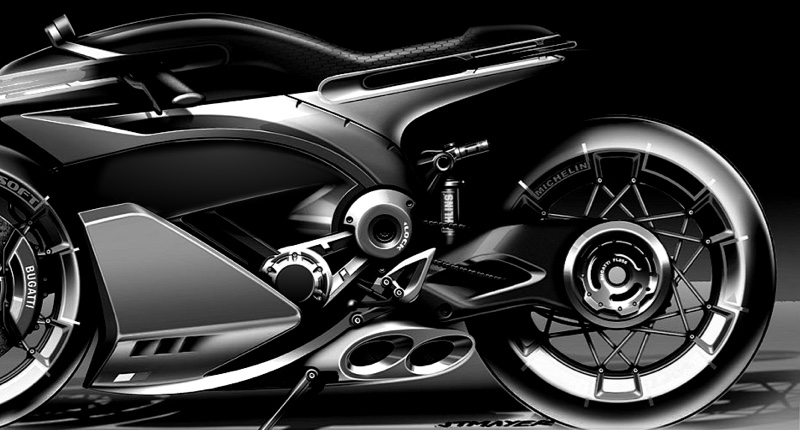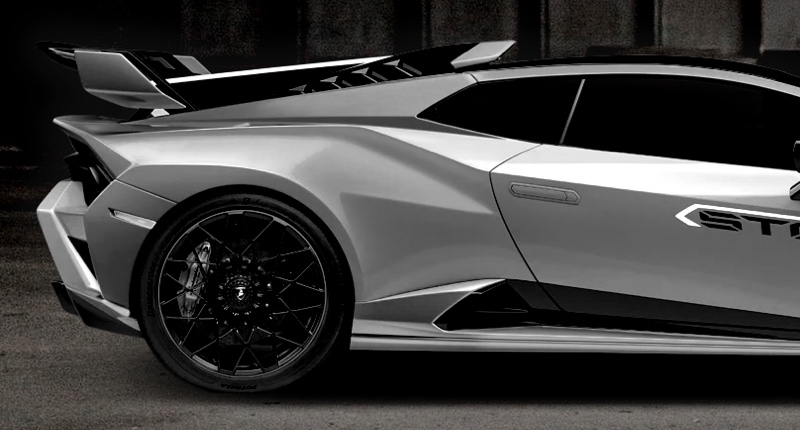is carbon fiber lighter than aluminum | Supreem Carbon Expert Guide
Is Carbon Fiber Lighter Than Aluminum?
Carbon fiber is significantly lighter than aluminum. Typically, carbon fiber composites have a density of about 1.6 g/cm³, whereas aluminum's density is around 2.7 g/cm³. This means carbon fiber parts can be roughly 40% lighter than their aluminum counterparts, making carbon fiber an excellent choice for applications where weight reduction is critical, such as aerospace, automotive, and sporting goods.
How Does the Strength of Carbon Fiber Compare to Aluminum?
While carbon fiber is lighter, it also offers a higher strength-to-weight ratio than aluminum. Carbon fiber composites can have tensile strengths exceeding 600 MPa or more, whereas common aluminum alloys like 6061-T6 have tensile strengths around 310 MPa. This means carbon fiber can provide superior strength while contributing to lighter structures.
What Are the Cost Differences Between Carbon Fiber and Aluminum?
Carbon fiber parts are generally more expensive to manufacture than aluminum due to material costs and complex fabrication processes such as layup and curing. While aluminum parts benefit from mature, cost-effective machining and casting methods, carbon fiber requires specialized labor and equipment, increasing initial investment. However, the lifecycle cost benefits of weight reduction can justify the higher upfront cost in many industries.
Can Carbon Fiber Replace Aluminum in Structural Applications?
Carbon fiber can replace aluminum in many structural applications, but factors like impact resistance, fatigue behavior, and design complexity must be considered. Aluminum is more ductile and performs better under impact, while carbon fiber can be brittle. Engineering design adjustments are often necessary to leverage carbon fiber’s properties effectively.
What Are the Procurement Considerations for Carbon Fiber Parts?
When sourcing carbon fiber components, buyers should consider the following: material specifications (type of carbon fiber and resin matrix), manufacturing processes (e.g., autoclave curing vs. resin transfer molding), part geometry complexity, quality assurance standards (certifications like ISO/TS 16949 or aerospace standards), and supplier expertise. Understanding these factors aids in selecting reliable manufacturers and ensuring parts meet performance requirements.

Le fabricant leader de fibre de carbone personnalisée en Europe

How Long Does Carbon Fiber Last? Unveiling the Durability of a Tech Marvel

New arrivals of Honda CBR1000RR-R!

Ducati monster 937 and BM S1000RR 2016+ new arrivals released!

Supreem Carbon New arrivals alert!

Chinese Carbon Fiber Manufacturer Brands: Supreem Carbon in the Spotlight
For Customized Service
What is the customization process of carbon fiber products?
1. Customer provide 3D drawing, design requirement or idea
2. Technician evaluate project feasibility and provide a quotation
3. Project confirmation and arrange sample production
4. Delivery and customer feedback
5. Big scale orders production
For Products
Are you parts have UV protected?
Absolutely! We use multiple layers of premium quality automotive clear (or matt) coats on our products, which ensure that they will remain super pretty for years to come.
For After-sales Service
How can I cancel the order?
We may only cancel your order if it has not been fulfilled yet. We would be more than happy to assist you with any adjustments if you'd wish instead!
Do you offer the fitting advice?
Of course! If you have any questions, please contact us on info@supreemcarbon.com.
For Facotry
How many monthly production capacity of the factory?
The average monthly production capacity reach 3000 pieces. With the equipment upgrade, it will be increased over 4000 pieces per month.

Ducati Monster 821 797 1200 937 Carbon Fiber Front Fender

Ducati Monster 937 Carbon Fiber Sprocket Cover

Kawasaki H2/H2R Carbon Fiber Side Fairing

Supreem Carbon Custom Carbon Fiber Airbox Cover for Honda CBR1000RR-R
This carbon fiber tank cover can directly replace the ABS part, giving your CBR1000RR-R a fantastic and unique carbon fiber look.
Let’s Bring Your Carbon Fiber Ideas to Life
Have a question or inquiry about our carbon fiber composite products? Leave us a message here, and our team will get back to you promptly.
Whether you're interested in custom orders, technical specifications, or partnership opportunities, we're here to assist you.
Please fill out the fields above with your name, email address, and message.
© 2024 Supreem Carbon All Rights Reserved.





Facebook
Pinterest
LinkedIn
Instagram